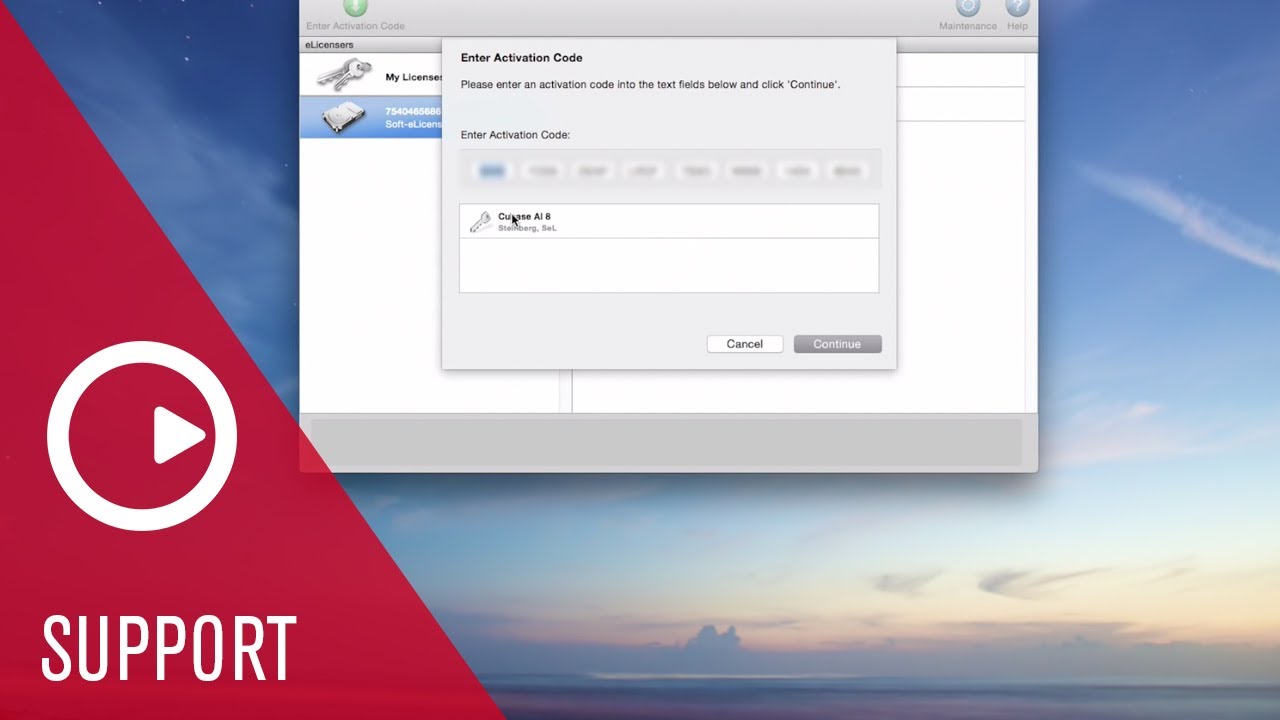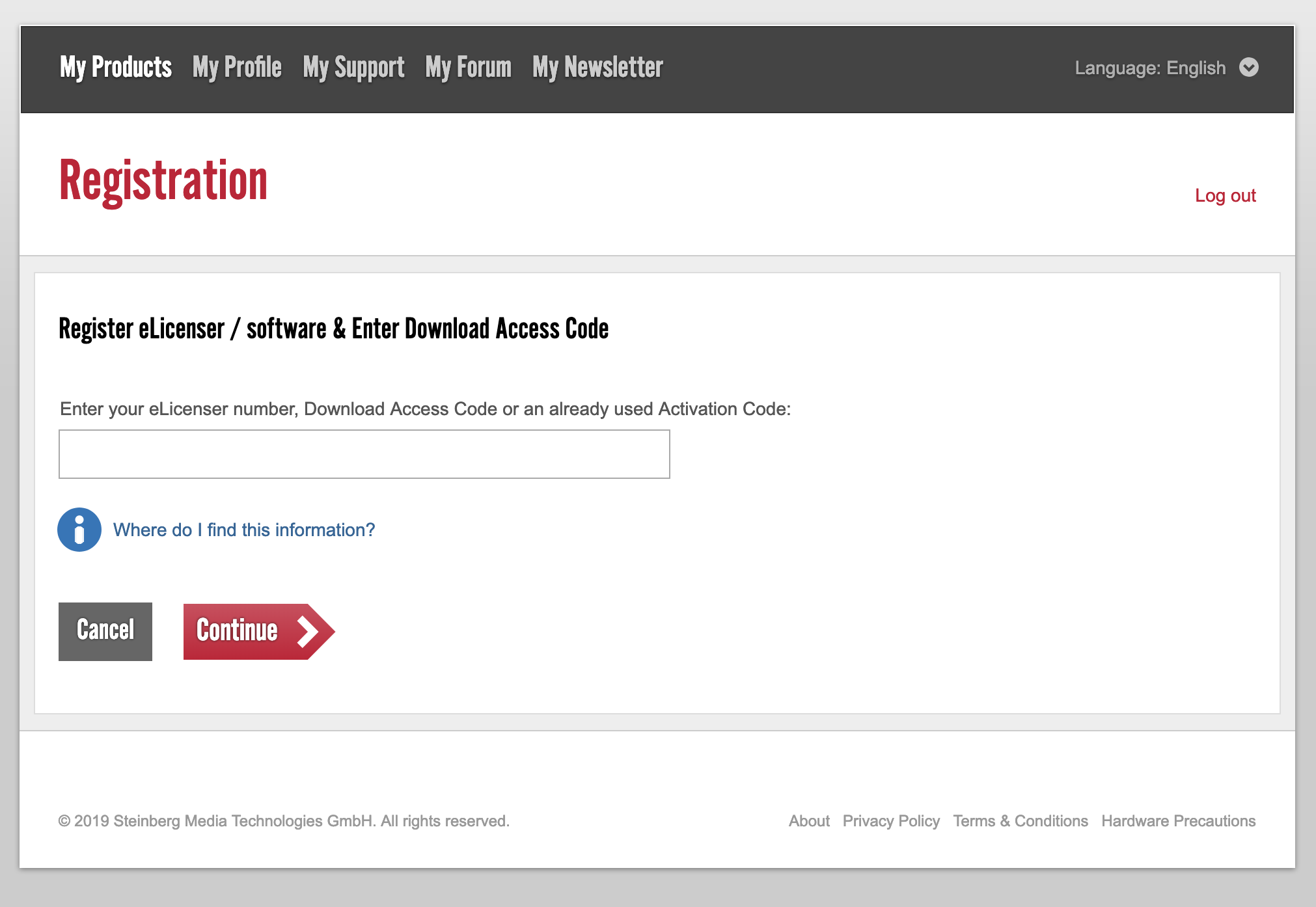
Microsoft Basic Display Driver is not recommended. Cubase does not support VST 2 when running natively on Apple silicon Macs. TIP: If you purchased a product that includes a free copy of Cubase, use the Download Access Code card which is often included inside the box with your hardware. VST 2 plug-ins only run in Rosetta 2 mode on Apple silicon Mac. This software version does not support 32-bit plug-ins. License activation, account sign up and product registration, installer download Graphics card with native Windows 10 supportĪMD R or RX series and later or NVIDIA Series 700 and laterĪSIO compatible audio hardware recommended for low-latency performance Running Cubase 12 on systems with hybrid-architecture CPUs can lead to audio dropouts and reduced performance.ĭisplay resolution minimum at 100% UI scaling Processors with hybrid-architecture design, such as 12th Gen Intel® Core™ or newer, are currently not supported on Windows operating systems. Intel® Core™ i5 (mid 2013 or later) or Apple silicon Intel® Core™ i5 (4th Generation) or AMD Ryzen™

MacOS Big Sur, macOS Monterey, macOS Ventura Load up Serum and we think you’ll be able to notice both what you hear (solid high frequencies, extending flat all the way up to the limits of hearing) as well as what you don’t hear (no unwanted mud or aliasing gibberish- just good, clean sound).64-bit Windows 10 Version 21H2 (or higher), 64-bit Windows 11 Version 21H2 (or higher) In Serum, the native-mode (default) playback of oscillators operates with an ultra high-precision resampling, yielding an astonishingly inaudible signal-to-noise (for instance, -150 dB on a sawtooth played at 1 Khz at 44100)! This requires a lot of calculations, so Serum’s oscillator playback has been aggressively optimized using SSE2 instructions to allow for this high-quality playback without taxing your CPU any more than the typical (decent quality) soft synth already does. Many popular wavetable synthesizers are astonishingly bad at suppressing artifacts - even on a high-quality setting some create artifacts as high as -36 dB to -60 dB (level difference between fundamental on artifacts) which is well audible, and furthermore often dampening the highest wanted audible frequencies in the process, to try and suppress this unwanted sound. Artifacts mean that you are (perhaps unknowingly) crowding your mix with unwanted tones / frequencies.

Without considerable care and a whole lot of number crunching, this process will create audible artifacts.

Playback of wavetables requires digital resampling to play different frequencies.


 0 kommentar(er)
0 kommentar(er)
